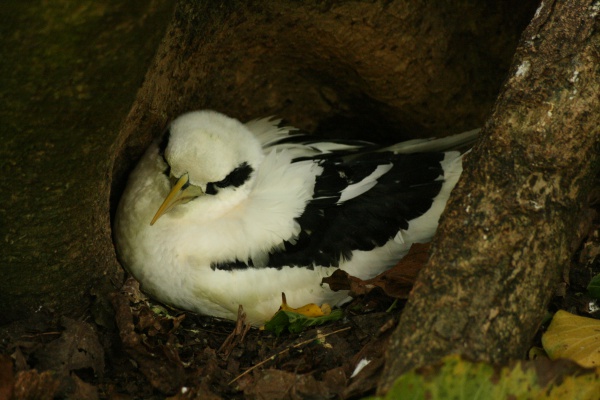Facts About White-tailed tropicbird
The white-tailed tropicbird, the smallest member among its three seabird relatives, thrives in tropical oceans and belongs to the Phaethontiformes order. These elegant birds can be observed in the tropical Atlantic, western Pacific, and Indian Oceans, with breeding populations ranging from the Caribbean islands to as far north as Bermuda. There are six subspecies, each exhibiting unique traits and occupying distinct habitats.
Physically, the white-tailed tropicbird is slender and primarily white, featuring long central tail feathers, a distinctive black eye-mask, and a bill that varies in color from orange-yellow to orange-red. Nesting typically involves laying a single egg directly on the ground or on cliff ledges. For sustenance, it plunges into the ocean to catch fish and squid. Its call is a high-pitched scream, and the frequency of its breeding is influenced by climate and the availability of nesting sites.
In terms of behavior, the white-tailed tropicbird primarily consumes flying fish, squid, and crabs, capturing its prey by diving from heights of up to 20 meters. Although its conservation status is not thoroughly documented, the species is globally considered to be of Least Concern.
In folklore, the ancient Chamorro people believed that the bird's call could predict significant events such as death or pregnancy. Fishermen also regarded the bird's presence as a guide for locating schools of fish. To aid in conservation, experts recommend studying the bird's marine biology and monitoring its breeding colonies.
